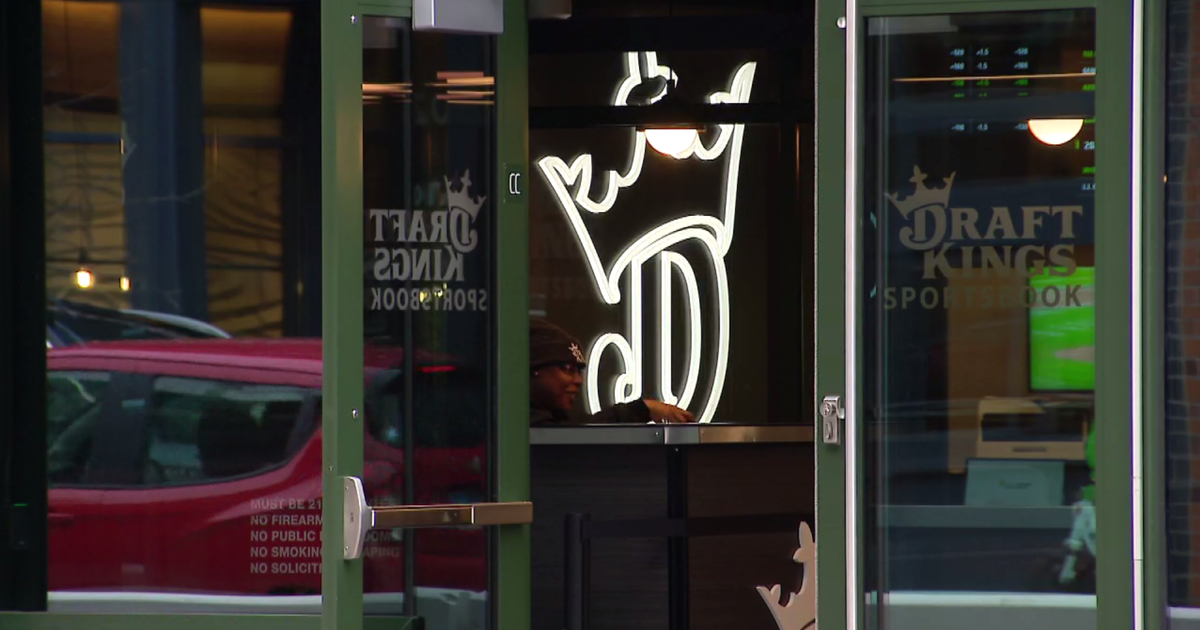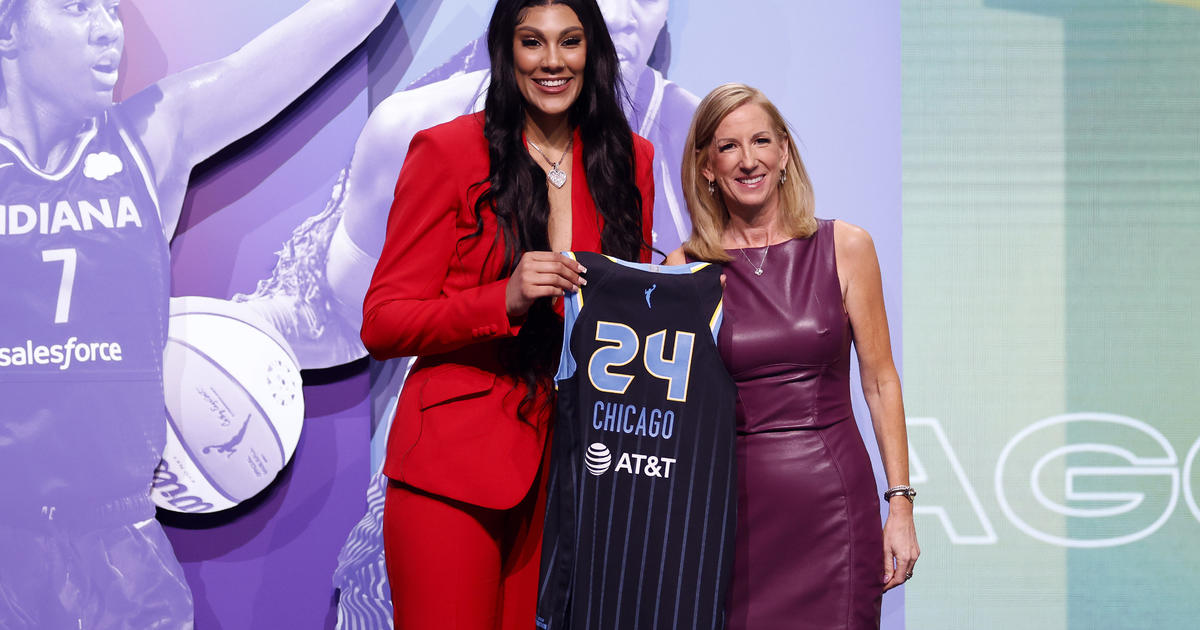Bernstein: NCAA Football Staff Size Questioned
By Dan Bernstein--
CBSChicago.com senior columnist
(CBS) One of the more obvious aspects of major college football's unending arms race is the one-upmanship regarding facilities. Massive complexes are springing up to house these programs, combinations of school buildings, fitness centers and amusement parks — multimillion-dollar campuses within campuses.
Some feature laser tag and mini-golf, trying to appeal to any speedy 17-year-old who may be visiting and providing a private place for players' recreation under the auspices of coaches, who prefer to keep a watchful eye whenever possible.
And all those coaches need offices too, desks and doors and nameplates that say "Assistant Athletics Relations Coordinator," "Associate Tight Ends Coach" or "Administrative Secretary, Football Strength and Conditioning." Staffs at the big schools have never been larger, with a study by the NCAA obtained by CBSSports.com concluding that five schools now have more than 40 people on their football staff, with the average of the power conferences around 30.
What's crazy is how nebulous even those assessments are. Some athletic directors noted that the survey was based merely on what teams listed on their own websites, meaning there could be many more off-field employees at work. It has become its own kind of competition, adding assistants to assistants just as a show of force or as a way of keeping up with some perception of what rivals may be doing. Outside of the capped number of actual on-field coaches, teams are creating job titles like analyst and consultant that fall beyond the realm of restriction.
So the NCAA's Oversight Committee is now beginning to gather information, aware that this is getting ridiculous. Some athletic directors decry competitive disadvantage, while others are concerned that limitations could result in expensive litigation. The power schools also argue that their ability to generate revenue that funds the extra positions shouldn't be punished unfairly, that they're allowed to enjoy the luxuries of such financial success.
And therein lies a timely and specific reason why it might be smart to get ahead of this issue now. There are signs that the cable television-subscription bubble that has birthed the conference networks that have filled schools' coffers may deflate soon enough, if not burst. People are more careful with each passing day about what they purchase for their screens and why, with a la carte options, "skinny" cable bundles and over-the-top viewing subscriptions already shifting the sands on which the old system rests. The massive rights fees are paid on long-term deals, even as what was assumed to be built-in viewership declines.
Outsized staffs of highly paid football coaches and support personnel are clear signs of some kind of bull market, and the people running athletic departments can use competitive balance as their stated rationale for trying to rein them in. But my guess is that they understand the more ominous prevailing winds across the board.
"There comes a point where enough has to be enough," Purdue athletic director Mike Bobinski told the Chicago Tribune. "I don't know that everybody needs an assistant to do their job. At some point, you have your job, just do it. That seems to be a lost concept some days."
If larger trends in sports television continue on their current vectors, many of the recently constructed college football palaces may have some lonelier hallways, monuments to headier times.
Dan Bernstein is a co-host of 670 The Score's "Bernstein and Goff Show" in afternoon drive. You can follow him on Twitter @dan_bernstein and read more of his columns here.



